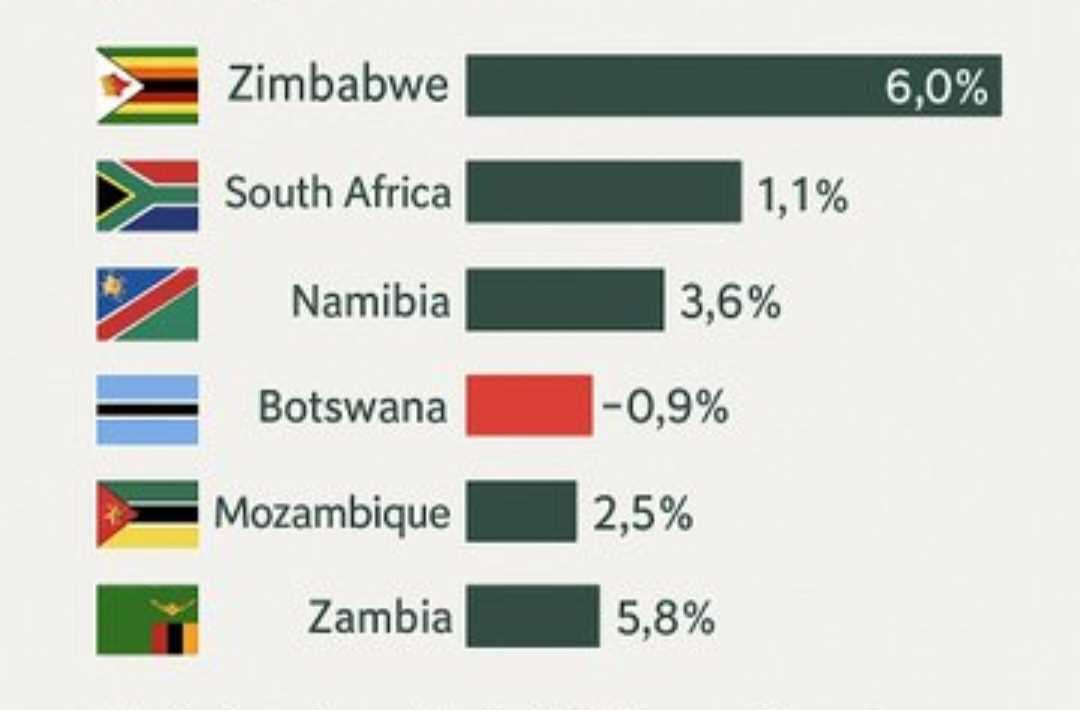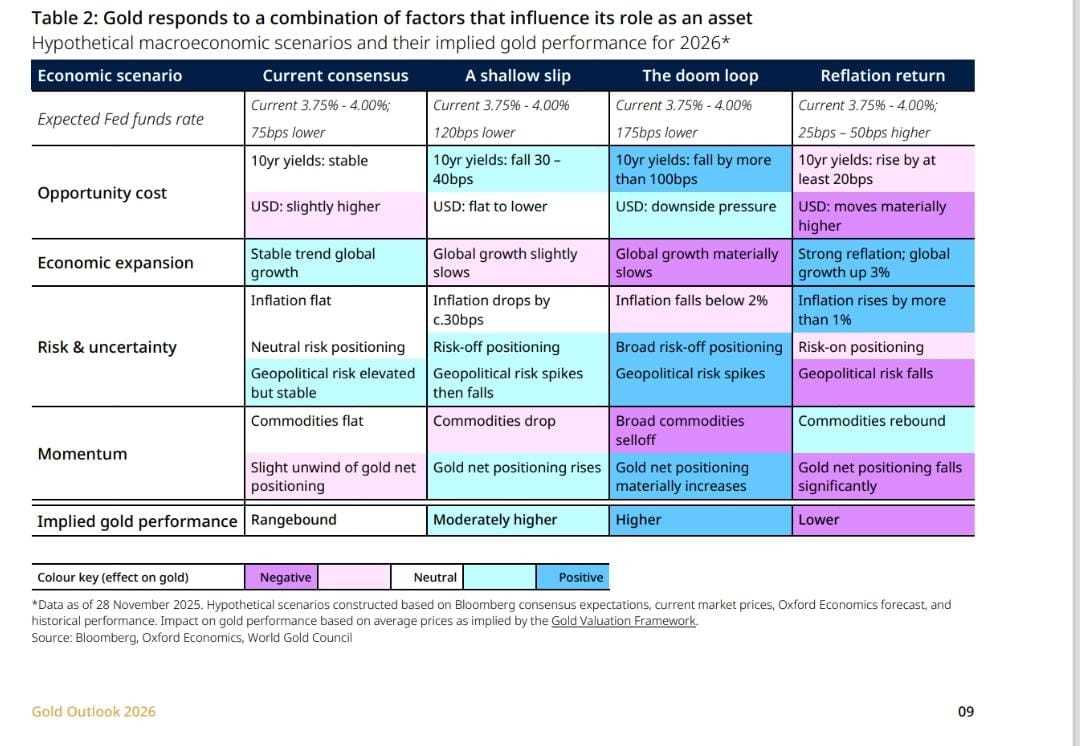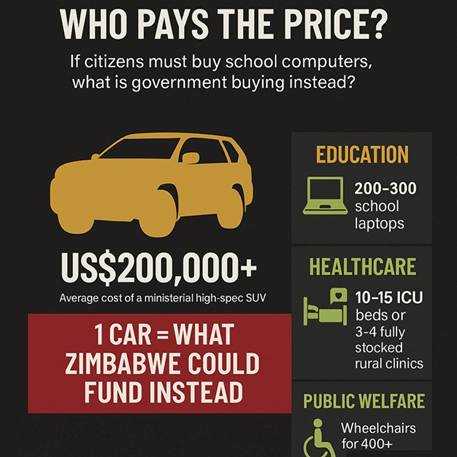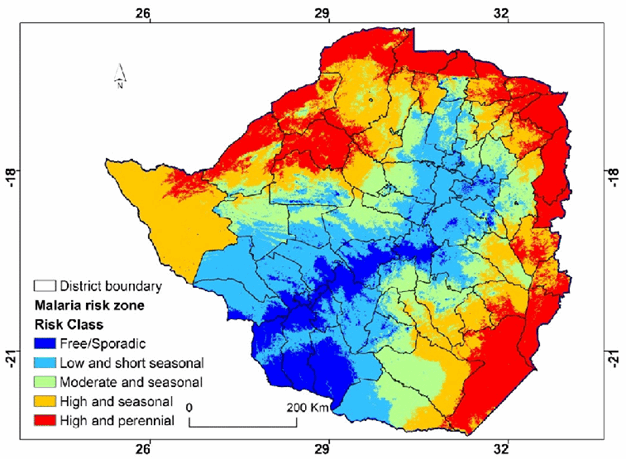
Zimbabwe is poised to record one of the fastest economic growth rates in Sub-Saharan Africa next year, with the International Monetary Fund projecting a 6.0 percent expansion in 2025 — a sharp rebound from 1.7 percent in 2024, before moderating to 4.6 percent in 2026.
The latest IMF World Economic Outlook (October 2025) ranks Zimbabwe’s growth well above the regional average of 4.1 percent and ahead of several Southern African Development Community peers.
According to the projections, Zambia will grow by 5.8 percent, Namibia by 3.6 percent, Mozambique by 2.5 percent, and South Africa by just 1.1 percent. Botswana, in contrast, is expected to register a contraction of 0.9 percent.
This strong showing places Zimbabwe among Sub-Saharan Africa’s top performers, alongside countries such as Rwanda (7.1 percent), Benin (7.0 percent), and Ethiopia (7.2 percent).
The IMF attributes the region’s recovery to easing inflation, improved agricultural productivity, and increased infrastructure investment.
Related Stories
For Zimbabwe, the projected 6 percent growth is driven by a robust mining sector, recovering agricultural output, and fiscal consolidation measures that have helped stabilise the economy. The mining industry, buoyed by global demand for gold, platinum, and lithium, continues to anchor export earnings and foreign currency inflows.
The agricultural sector has also benefited from improved rainfall and government support schemes, contributing to food security and rural incomes.
However, the IMF cautions that sustaining this momentum will depend on maintaining macroeconomic stability and implementing policies that support diversification and resilience. This includes:
- Expanding industrial production and manufacturing capacity,
- Strengthening export diversification beyond minerals, and
- Increasing support for small and medium-sized enterprises (SMEs) to foster inclusive growth.
The IMF report shows that while the broader Sub-Saharan region will grow at 4.1 percent in 2025, several economies are still recovering from slowdowns caused by climate shocks, tightening financial conditions, and fiscal constraints.
With its 6 percent growth forecast, Zimbabwe’s economy is projected to outperform most of its regional peers — a sign of resilience, policy realignment, and opportunities for national renewal.



















Leave Comments